QuestionI have a horse that has been keep up for 2 years in a 12 x 12 stall because is a stud and just recently (in december) we cut him so that my daughter could ride him in a rodeo contest. But now when she rides him the next day he is very sore in his withers and somewhat in his lower back. But the next time she rides him is is fine(she lets him rest about a week). I have no idea what is wrong with him, can You help me.
AnswerSandy,
Your description is that of a horse with a saddle that does not fit. It's too narrow in the withers and is probably bridging, meaning that contact is only being made in the front and back part of the tree. It's probably sitting too high on his withers because it's too narrow so it's pitching the saddle back and causing it to dig into his back where the tree ends.
Relate this to a pair of shoes that are too tight and you get the idea. It says something for the horse that he was willing to tolerate this discomfort.
Saddle fitting is an art and just as important for a horse as a well fitted pair of shoes/boots is for you to spend a lot of time in, walk and work in, and carry items. You also don't say how much the horse had been worked before this so fitness issues also come into play. If he's not used to carrying a rider for the length of time he was expected to here then it's just like you doing more work than you are used to.
An easy way to check for saddle fit is to set the saddle on the horse's back, without pads, and see how high the saddle sits on the withers. A western style saddle should only have room enough under the front to slide your hand, on edge, under the cantle with room for 2-3 fingers. Run your hand along under the tree from the withers to the back while pressing down on the saddle with your other hand. There should be even pressure front to back. That will give you a rough idea of fit. Obviously, if the saddle fails that test don't even bother to go on. If it passes those tests then saddle the horse with the same pad, or pad of similar thickness with a thin piece of white cloth, an old piece of sheet or a towel will do, on the bottom next to the horse's skin. Ride the horse for a long enough period of time to get him sweating under the saddle. Take the saddle off and look first at his back then the cloth. His back should have a perfect print of the saddle on it with no dry spots or areas of ruffled hair. Look at the cloth. Are there areas where the sweat/dirt is darker than others or dry spots? All these indicate pressure. The purpose of the saddle tree is to evenly distribute the rider's weight over the entire surface of the saddle tree. If you see signs of pressure then it's too tight in those areas. A thicker pad won't help. Would thicker socks help with shoes that are too tight? Same principle. If pressure is more evident on one side than another look at the saddle from the back towards the front, hold it in front of you backwards, and check to see that it's even on both sides. Saddle trees can become broken or warped with use. They don't last forever, even new saddles can have tree problems.
English-style saddles can sometimes be re-stuffed to correct problems if the tree does fit the horse. Western-style saddles do not. Trees that are too big can be adjusted with pads, ones that are too narrow you just have to replace. I know you probably didn't want to hear that you need another saddle but bottom line you do. Many times poor attitude and performance in a horse can be traced back to a badly fitted saddle.
So, check this out and if in doubt find someone else who knows how to fit saddles to help you. Let me know how it goes.
Lyn
English-style saddles

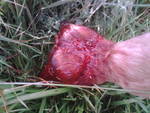 Front leg injury
QuestionQUESTION: Hello, I do understand you are not a
Front leg injury
QuestionQUESTION: Hello, I do understand you are not a
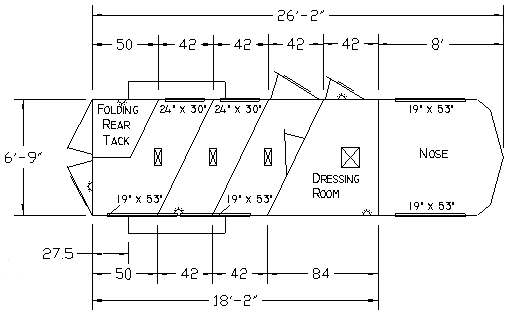 characteristics of a horse float
QuestionQUESTION: hello madam, can you please get me th
characteristics of a horse float
QuestionQUESTION: hello madam, can you please get me th
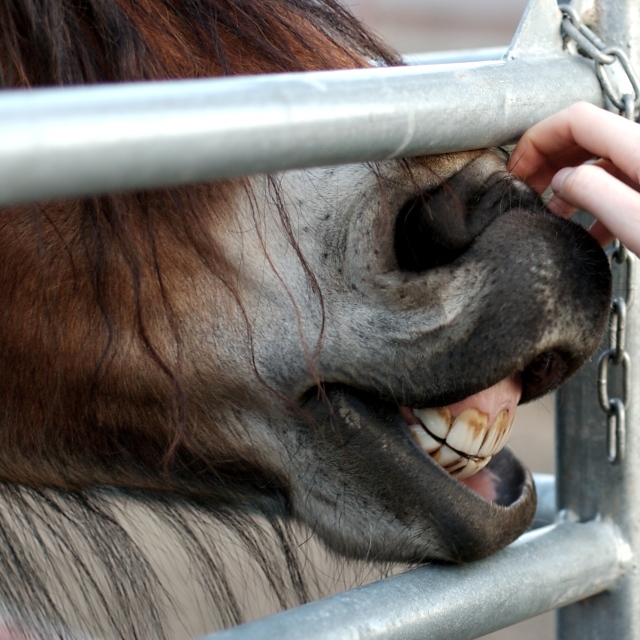 horse age
Question
horse age
hello, can you guess the horse age?
horse age
Question
horse age
hello, can you guess the horse age?
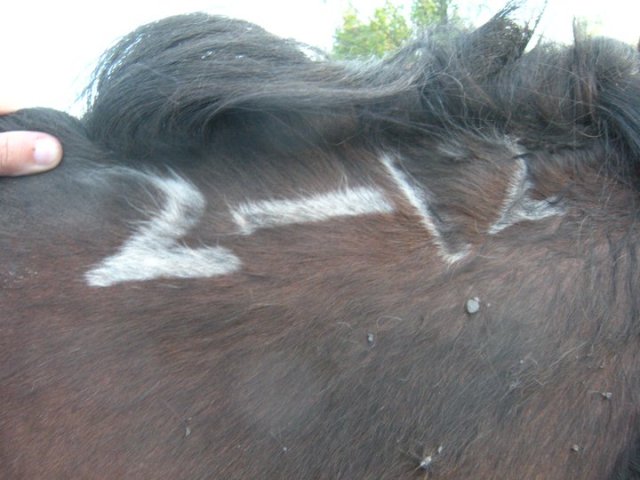 13(?) year old Standardbred mare
Question
Brand
A friend of mine just pulled a mare from
13(?) year old Standardbred mare
Question
Brand
A friend of mine just pulled a mare from
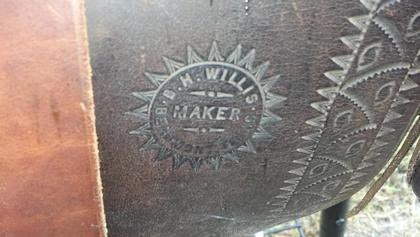 B.H. Willis Maker saddle
Question
Saddle name Top view saddle
I am
B.H. Willis Maker saddle
Question
Saddle name Top view saddle
I am